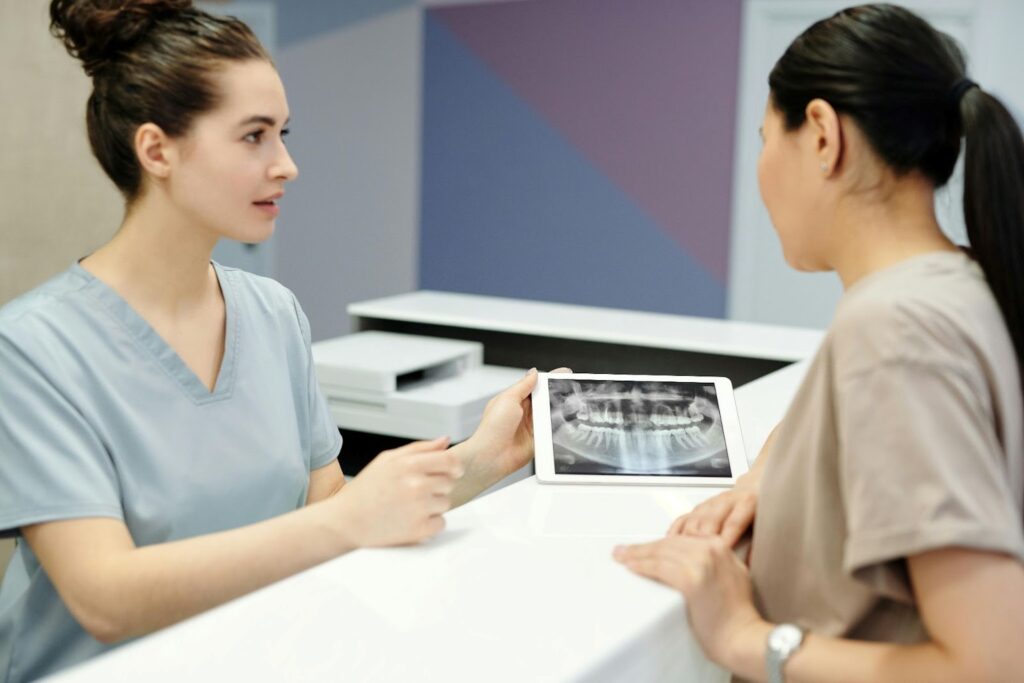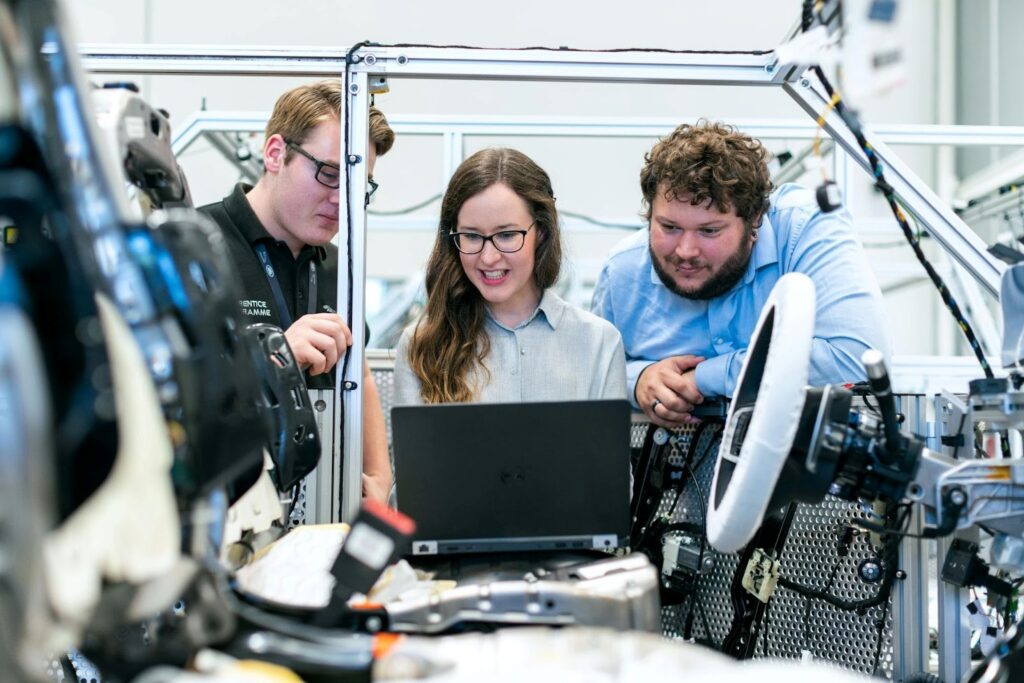Medical devices software development requires creating intuitive, efficient, and safe interfaces, and is not just a nice-to-have—it’s a must-have. Usability and user experience (UX) aren’t just buzzwords; they directly impact patient safety, device effectiveness, and user satisfaction. Let’s dive into what it takes to design medical device software interfaces that make a difference.
Understanding Usability and User Experience in Medical Devices
When we talk about usability and UX in medical devices, we focus on how easily users—doctors, nurses, or patients—can interact with the software. An interface with good usability feels like a natural extension of the user’s workflow. Poor usability? That’s where mistakes happen. Studies have shown that confusing interfaces contribute to 33% of errors in healthcare environments.
But why is this so critical? Medical devices are not like your everyday gadgets. Lives are on the line. Whether it’s a medical device app development project or a full-scale EMR system, usability must be at the forefront to reduce errors and boost efficiency.
Regulatory Standards and Guidelines
Designing for usability isn’t just about good intentions but meeting strict regulations. Standards like IEC 62366-1 and the FDA human factors guidance ensure that healthcare device software development aligns with safety and effectiveness goals.
Why follow these rules? It’s simple: compliance ensures your product can hit the market without delays. Ignoring these guidelines isn’t just risky—it’s a fast track to device recalls and legal troubles. If you’re working on developing medical device software, understanding these standards is your first step to success.
User-Centered Design Principles
Think of user-centered design (UCD) as the golden rule of software development for medical devices. Why? Because when you design with the end user in mind, you’re creating software that feels intuitive. It’s like having a conversation instead of reading a manual.
Start by involving real users—actual humans—in your design process. From brainstorming sessions to usability tests, their input will guide you to build something that works in real-world scenarios. UCD doesn’t just lead to better software; it reduces training time and increases adoption rates, which is critical when developing resonant medical device software.
Conducting User Research
You can’t design for users if you don’t know who they are. That’s why user research is essential. When developing medical device app projects, it’s not just about functionality—it’s about understanding users’ day-to-day challenges.
Here are a few methods to get started:
- Interviews: Talk to the people who’ll actually use the device. What frustrates them? What makes their lives easier?
- Observations: Watch users in action to uncover workflow inefficiencies.
- Surveys: Gather insights from a broader audience for trends and patterns.
This process isn’t just a one-off task; it’s your secret weapon for building better software.

Designing for Diverse User Groups
Medical devices are used by people with varying levels of expertise, from tech-savvy professionals to less experienced users. Designing for diversity is key. Imagine creating a system that works equally well for a seasoned surgeon and a first-time caregiver.
To make this happen, focus on accessibility. Use simple, straightforward language and ensure compatibility with assistive technologies. Keep in mind cultural differences, too. A medical device software developer must think globally but design locally. Inclusive design is not just ethical; it’s innovative business.
Prototyping and Iterative Testing
You wouldn’t build a house without a blueprint, right? The same goes for developing medical device software. Prototyping allows you to create a visual interface draft before diving into full development.
Once your prototype is ready, test it. Then, test it again. Iterative testing isn’t just a step in the process; it’s the process. This approach helps you catch usability issues early, saving time and money. It’s far easier to tweak a prototype than fix a finished product. Plus, continuous feedback loops mean you’re constantly improving.
Addressing Human Factors and Ergonomics
Human factors and ergonomics might sound technical, but they boil down to one thing: making the software fit the user, not the other way around. If a healthcare worker has to pause and think, “How do I do this?” while using your device, you’ve already lost points.
Ergonomics isn’t just about physical comfort; it’s about mental clarity, too. Interfaces should align with natural human behaviors and minimize cognitive load. For example, color-coded alerts for different priorities can guide users to the right action faster. When designing software development for medical devices, consider both mind and body.
Implementing Feedback Mechanisms
Feedback is a gift. If users can’t easily report issues or suggest improvements, you’re missing out on a treasure trove of insights. Build feedback mechanisms directly into the software. Think of it as a hotline for continuous improvement.
Whether a quick survey or a built-in bug reporting feature, these tools make users feel heard. And when users feel listened to, they’re more likely to trust and stick with your device. Remember, how to develop software as a medical device isn’t just about writing code; it’s about building relationships.
Ensuring Consistency and Standardization
Consistency isn’t dull—it’s comforting. Imagine driving a car where the gas pedal works differently every time. Annoying, right? That’s what an inconsistent interface feels like to users.
Use common symbols, terminology, and workflows. Consistency reduces the learning curve and boosts confidence. When every button and label makes sense, users don’t have to think twice. This level of predictability isn’t optional for medical device software development—it’s essential.
Evaluating and Validating Usability
Finally, it’s time to see if all your hard work pays off. Usability evaluations, like summative testing, give you concrete answers. Does the device meet its usability goals? Are users achieving their tasks efficiently?
Validation is the final seal of approval. It’s your chance to prove that your device isn’t just functional—exceptional. For anyone working in healthcare device software development, this step separates good products from great ones.
Conclusion
Creating exceptional medical device software interfaces is an art and a science. From medical device app development to full-scale implementations, focusing on usability and user experience isn’t optional—it’s critical. Remember, every click, swipe, or tap on your interface represents a moment where lives could be impacted. Make those moments count.
By following the above principles, you can build software that meets regulatory standards and exceeds user expectations. After all, the goal of medical device software development is simple: create tools that empower healthcare professionals and improve patient outcomes. So, let’s get designing!
Read More: click here
